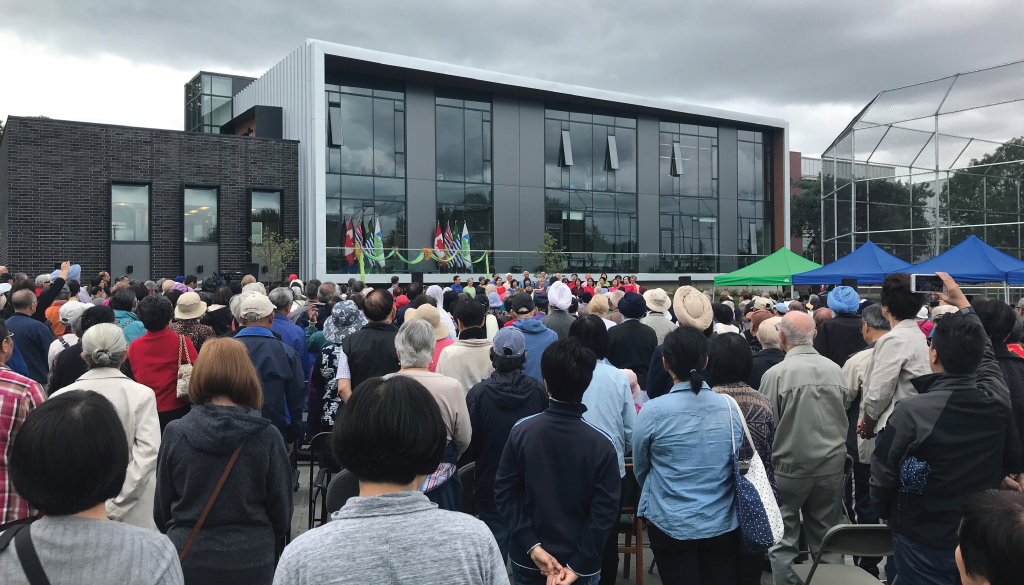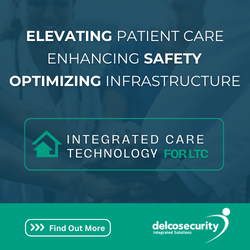On June 28 Killarney Seniors Centre opened their doors. The seniors centre was fifteen years in the making and came to fruition as the result of the tenacity of a group of advocates in the southeast Vancouver area, along with $7.5 million in provincial and federal funding.
According to the City of Vancouver’s website the centre will provide southeast Vancouver’s growing senior population with opportunities for socializing, healthy meals, and physical activity, which play a key role in keeping seniors healthy and independent. The centre is now home to five multi-purpose rooms, a rooftop patio, a lounge and a commercial kitchen. It will also be accessible.
The recent event celebrated the establishment of the new centre, but why is it important to designate space specifically for seniors? Why not build communal spaces for people of all ages to utilize? There are five key reasons:
Dedicated space enables management to prioritize the education that staff need to support an aging clientele.
Let’s face it, the needs of older adults are often different than the needs of younger adults. It is important that staff are educated to manage the situations and conditions which may accompany the aging process. Organizations responsible for designated seniors spaces are more likely to support staff to become educated in working with people living with dementia, responding in an appropriate way to a fall, or navigating the services which can support a senior to access health care services or cope with the loss of a spouse, for example.
It allows for intentional, seniors-friendly programming.
Yes, we have all heard that story about the eighty-five-year-old who regularly runs marathons, but for most seniors getting older also means changes to physical abilities and sometimes, cognition. Programming which addresses the needs and abilities of older adults, while affording flexibility is critical to keeping seniors engaged. Perhaps it is chair yoga, maybe it is slower paced bridge for people living with early dementia, or maybe it is simply a drop in social program – the important thing is that seniors have a voice in dictating the kind of programs they would like to see in their communities.
Senior centres support seniors to take on leadership and volunteer roles.
These spaces often provide seniors with the opportunity to become involved at all levels – whether that is as a volunteer, on steering groups, or at the board level. This gives seniors purpose and enables the centres to benefit from the many talents and abilities of older adults.
Such spaces can increase the comfort of seniors, reducing social isolation.
For some seniors going to a community centre which serves a larger population can be intimidating. Creating safe spaces, customized to the needs of seniors in the community can increase the likelihood that seniors become and remain engaged. With social isolation being as bad for a person’s health as smoking 11 cigarettes a day, this is critical.
Designated spaces can be built with the needs of seniors in mind.
There is a reason why the City of Vancouver listed “elevator” under the features of the community centre – accessibility is imperative, whether that is physical or cognitive accessibility. New seniors centres can be built with best practice in mind, for example, good lighting, non-slip flooring, clear signage, wayfinding markers and so forth.
Now, this argument is admittedly simplistic, and should not be taken to say that it is not equally important that seniors centres be integrated into broader communities. Arguably the best seniors centres build upon pre-existing services (libraries and fitness centres for example) and work hard to enable inter-generational programming. Further, it is not enough to just create a space for seniors, but developers, managers and staff must also be attuned to the fact that seniors are not a monolithic group. Creating safe, inclusive spaces means being attuned to the diverse needs and identities of today’s seniors population. LBGTQ sensitive programming, programs for newcomers, and programming in a variety of languages, for example are critical.
Congratulations to those who have supported this important and timely project, we look forward to watching the Killarney Centre grow.





